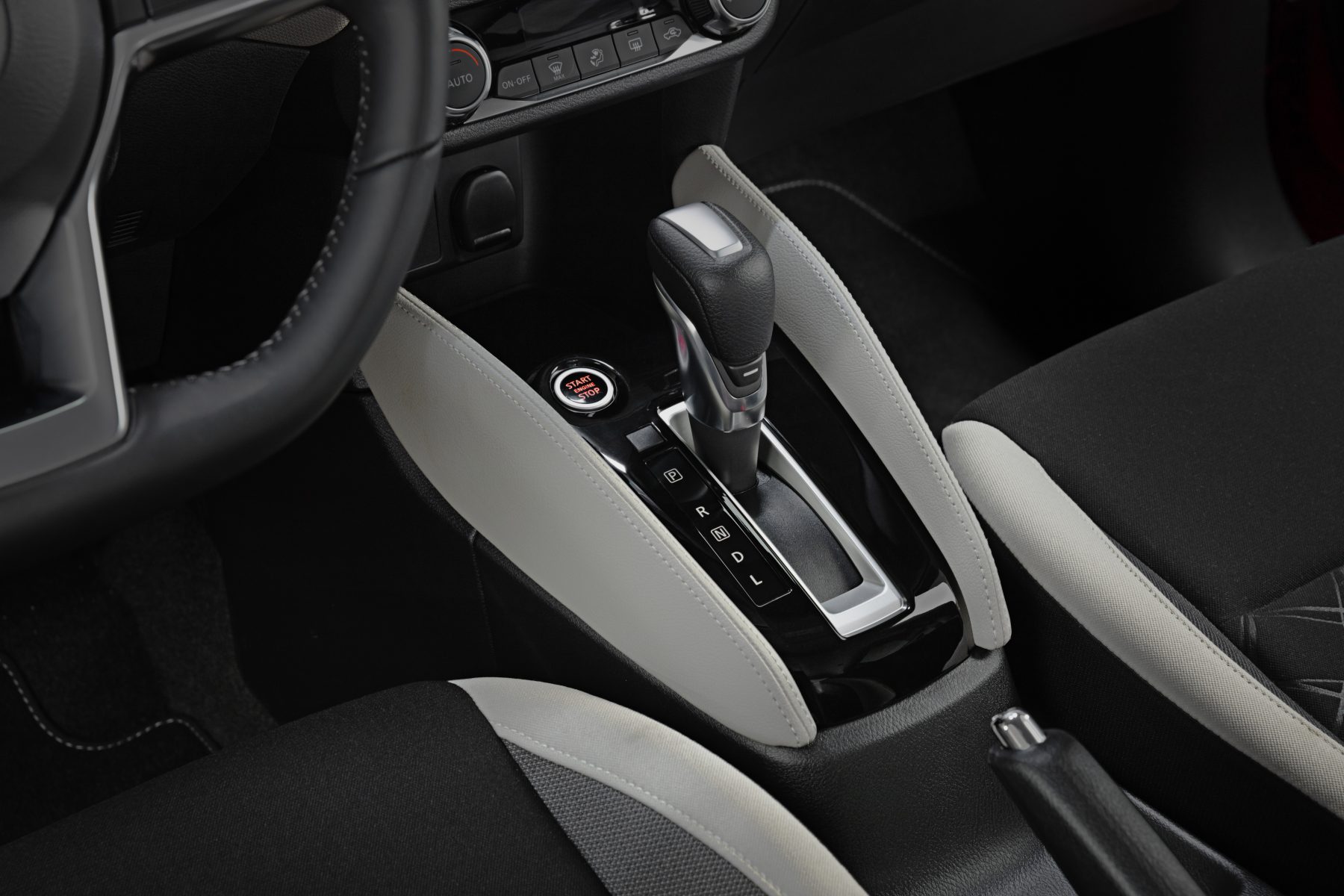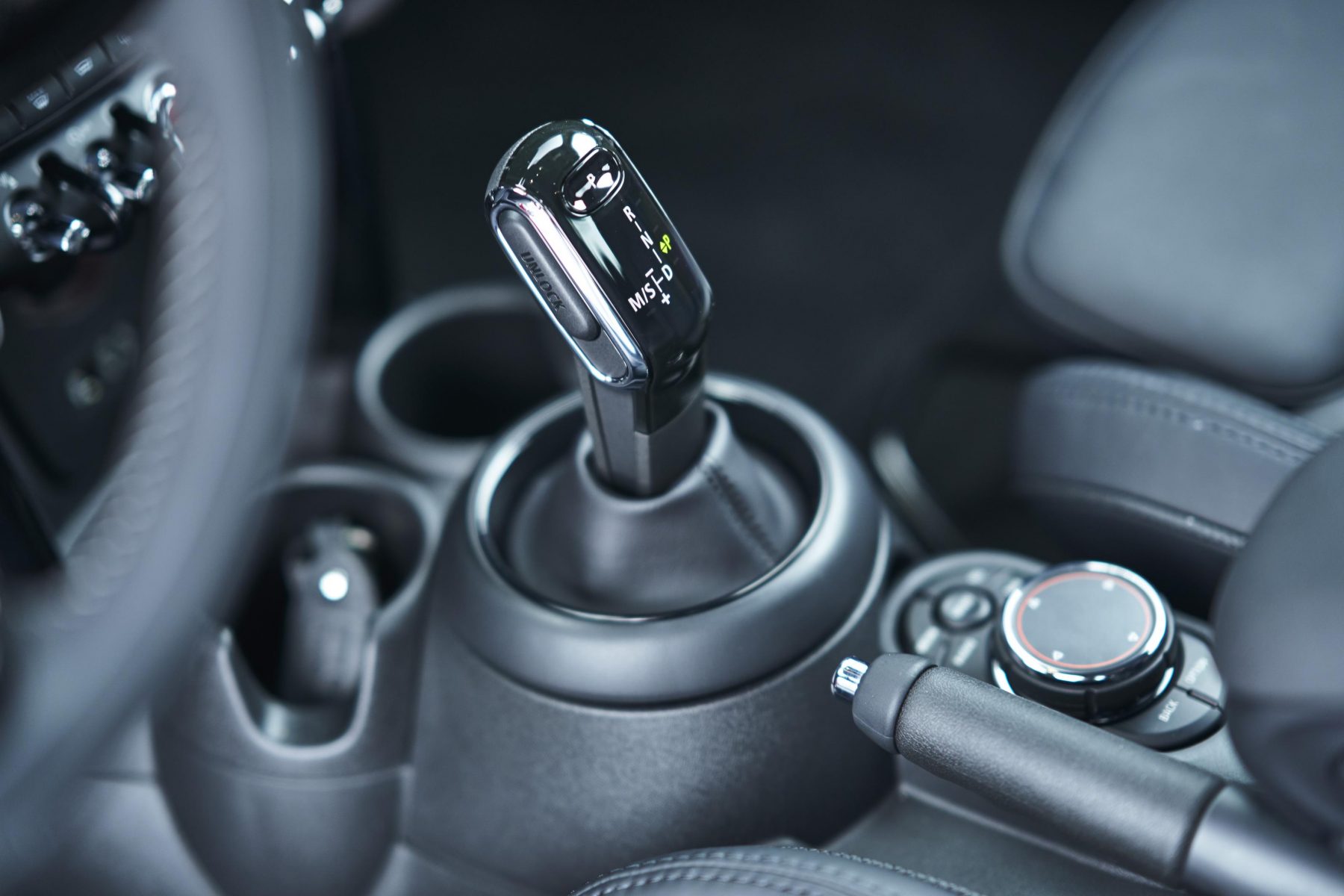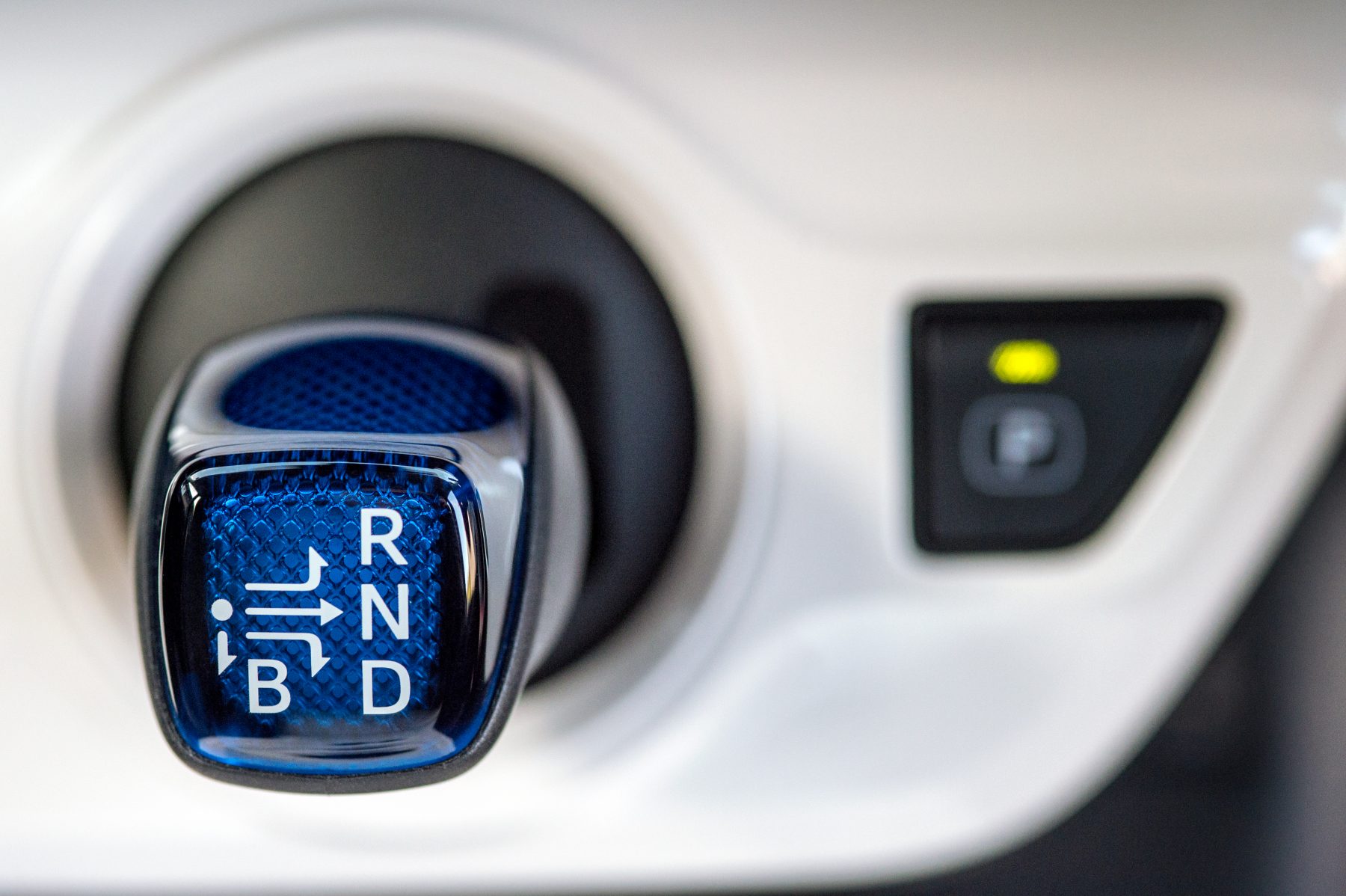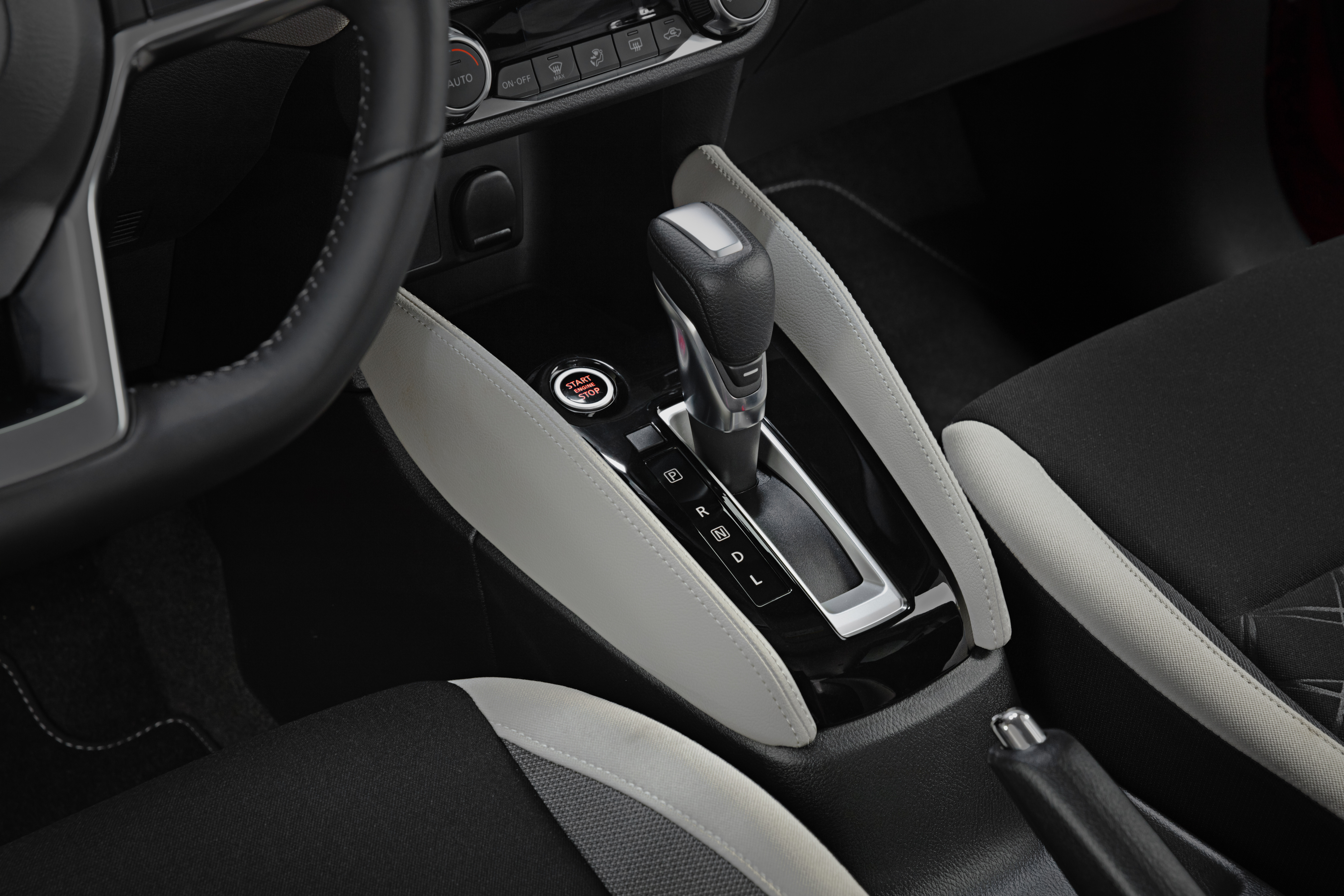Automatic transmission has been around in one form or another for nearly a century now. Invented in the 1920s but popularised in the 1940s by Cadillac and Oldsmobile, the concept of removing one of driving’s toughest skills is one that’s remained attractive right up to today.
Automatic transmissions historically have been there to take the load off – removing the need for a driver to depress the clutch, select the gear, release the clutch and – in vehicles without synchromesh – to match the engine and transmission revs to ensure a clean change. Instead, drivers are simply able to select ‘Drive’ and set off without a care in the world.
In recent times, they’ve also become the choice of transmission for serious performance machines, able to deal with extreme power more safely and effectively than a human driver could.
But not all automatic transmissions are the same, so what are the different types? How do they work, and is there any difference to the user?
Torque Converter/Traditional automatic
For most of the last century, a torque converter automatic was near enough the only choice you had. These gearboxes use a fluid coupling known as a torque converter, which acts as a connection between the engine and gearbox.
This torque converter allows the slippage of a clutch with no danger of components wearing out. It also has no issues coping with serious amounts of power – great for modern performance cars.
Early torque converter automatics had several distinct pros and cons. The fluid nature of the torque converter with no solid connection between engine and gearbox, combined with a severe lack of gears – usually three or four but often as few as two – meant that efficiency was somewhat lacking.

Performance took a hit too, and torque converter automatics were slower than their contemporary rivals. On the plus side, though, they’re the easiest and most reliable kind of automatic transmission, and they’re also very smooth – ‘slushbox’ wasn’t always an insult back in the day.
In modern torque converter autos, these problems have been nearly ironed out. The modern torque converter is one of the best transmissions you can buy – capable of providing super-smooth shifts when you’re just bumbling along, or razor-sharp ones when you put your foot down. A mechanical lock engages when the engine and gearbox are running at the same speed, reducing losses through the transmission. Modern autoboxes can also have as many as eight gears, helping performance and economy.
You’ll find the modern torque converter in everything from small economy cars to the most luxurious and powerful machines on the market. Nowadays, there’s really no disadvantage to ordering one – unless of course you prefer the involvement of a manual gearbox.
Dual-clutch
As the name suggests, a dual-clutch gearbox operates two robotised clutch mechanisms. Usually, one deals with odd-numbered gears and one deals with even-numbered gears, and the two hand across between each other for rifle-quick gearchanges.
The Volkswagen Group was the first to put a dual-clutch box into a production car – on the 2003 Golf R32. From there, it made its way across performance vehicles to become the automatic transmission of choice for the whole Volkswagen Group – you’ll find it on everything from superminis to supercars. It’s not just a Volkswagen innovation, either – many manufacturers have a dual-clutch box in their stable.

Dual-clutch boxes are extremely fast to change under load, and the way power is passed between clutches means there’s little to no drop in power as the gears are switched. They can also be very smooth, making for a relaxed and steady progress.
Economy and performance are not affected badly and in some cases can even be better than their manual counterparts.
In debit, dual-clutch transmissions can suffer from hesitation. The gearbox’s electronic controller has to predict what the driver will do and react accordingly, and it doesn’t always get it right. This is most obvious in stop-start traffic, where the dual-clutch box can be hesitant, and when pulling away from a barely-stopped position, such as at a roundabout.
Dual-clutch transmissions can also be very fragile – early Volkswagen DSG boxes have a rather high failure rate, as do other, more modern ‘boxes such as Ford’s Powershift.
CVT
The CVT, or continuously variable transmission, is a very interesting kind of automatic gearbox. It’s particularly interesting in that it doesn’t really have gears – instead, it uses a single infinitely variable ratio to give theoretically any number of ‘gears’. This allows the engine speed to be altered at will to allow for maximum fuel economy, increased performance, or a mix of both.
Traditional CVTs work via the use of v-shaped between two cone-shaped gears. Altering the diameter of the cones – in parallel so that the belt remains taut – changes the gearing, allowing the car to choose its own ratio.
Other systems use planetary gears while some utilise cone-shaped rollers and pivoting wheels.

CVT gearboxes do have operating losses, but the ability to run the engine at its most efficient speed – rather than whichever gear is closest – means they can be very efficient indeed. The payoff is a rather odd, disconnected feel – CVT gearboxes tend to send the engine’s revs spiralling every time the driver puts their foot down, leading to an unpleasant ‘rubber-band’ effect as the road speed catches up with the engine speed.
Some manufacturers have attempted to get around this by engineering in ‘steps’ to their CVTs – essentially points where the transmission will hold its representation of a ‘gear’ and simulate a ‘box with stepped ratios. This can make the drivetrain feel a little less unnatural, but somewhat moots the point of having infinitely variable ratios in the first place.
CVTs are very popular for use in hybrid vehicles. Their smooth nature makes them more natural to use when switching between electric and petrol power, and they help keep the engine at its optimum point for recharging the car’s internal battery.
Automated manual
This type of transmission is fading out of use, but remains in place on some cheap cars and small automatics. It’s the smallest, lightest and cheapest way to get an automatic into a vehicle, but has several disadvantages.
Automated manual gearboxes leave the existing manual clutch and gearbox systems in place and merely robotise the action – it’s like taking a manual car and giving the driver’s left arm and leg a bionic makeover.
The pluses are, as mentioned, light weight and low cost. These gearboxes are very simple and very efficient, and don’t add many components to the car.
On the downside, their simple nature simply doesn’t work very well. Humans can change gear with a single clutch because we know what we’re doing before we do it – robots have to catch up, and the resulting gearshifts are poor, jerky and extremely slow. It’s generally recommended to avoid an automated manual gearbox if you can.

